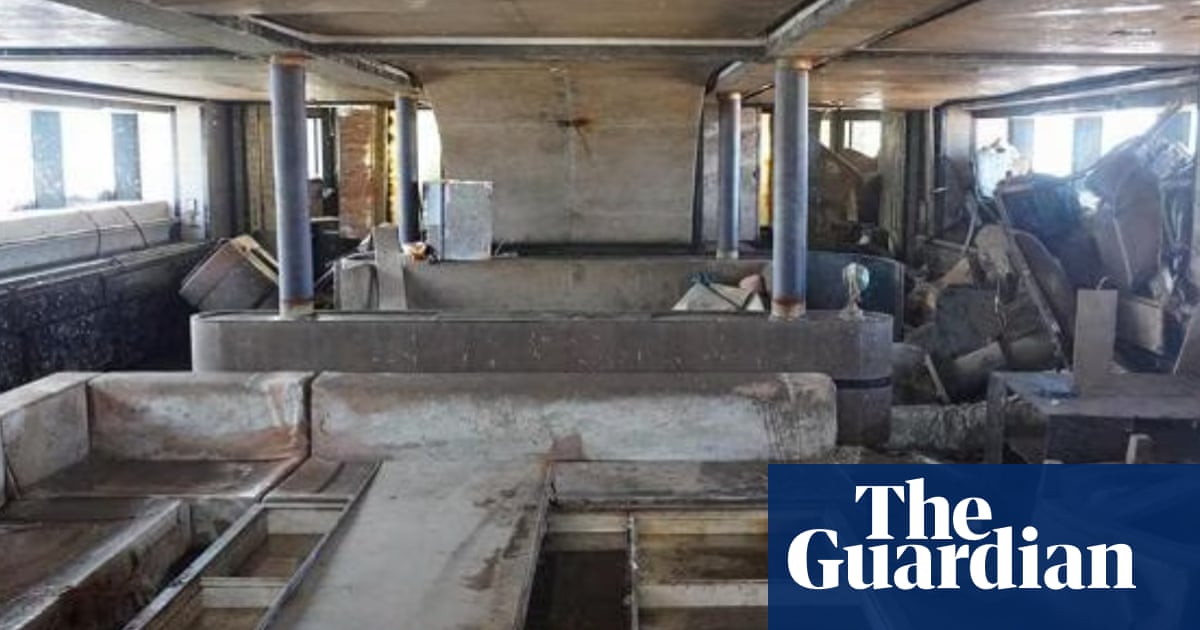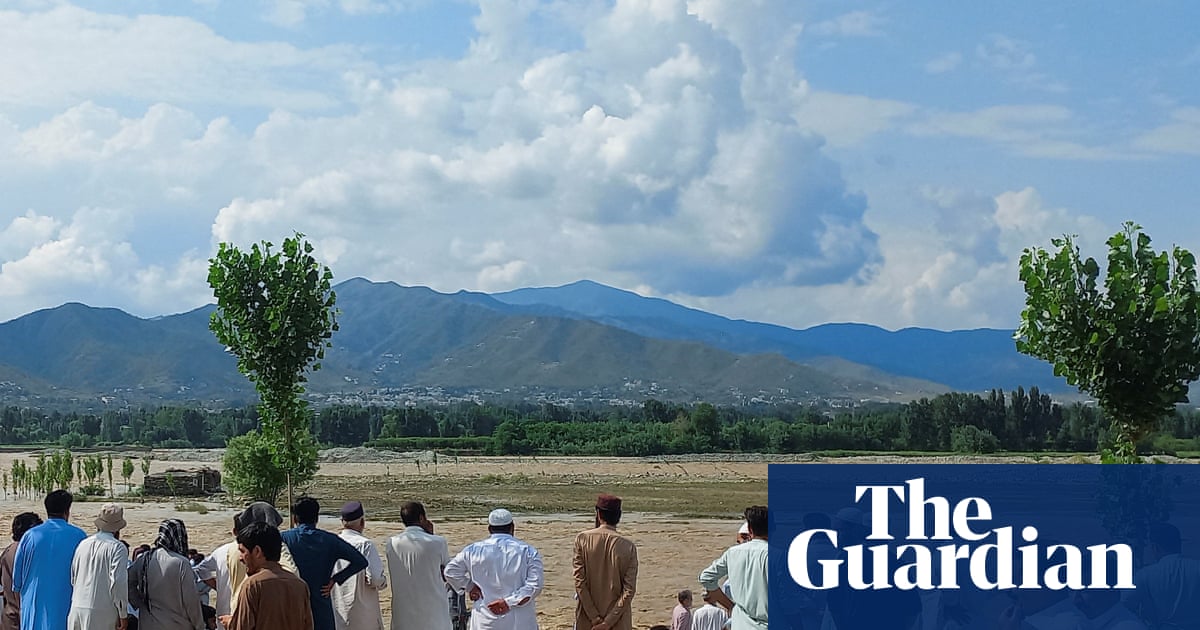At least 62 people have been killed in Gaza by overnight Israeli strikes, according to health officials, as the humanitarian situation worsens in the besieged strip despite renewed hope for a ceasefire.
Airstrikes began overnight on Friday and continued into Saturday morning, killing a dozen people near a displacement shelter near Palestine Stadium in Gaza City. A strike at midday on Saturday killed at least 11 people.
A displaced family in a tent was killed in an Israeli strike in al-Mawasi, southern Gaza, while they were sleeping.
Israel’s war in Gaza has killed more than 56,000 people, half of whom are women and children, local health authorities say.
Famine-like conditions reign in Gaza after a two-and-a-half month blockade imposed by Israel on all food until late May, since when Israel has allowed only a dribble of humanitarian aid into the strip.
Israel launched the war in Gaza after Hamas terrorists attacked Israel on 7 October 2023, killing about 1,200 people and taking about 250 people hostage.
The latest killings come as a ceasefire in Gaza seems within reach, with Donald Trump saying on Friday that an agreement could come within a week. “I think it’s close,” the US president said. “I just spoke to some of the people involved. We think within the next week we’re going to get a ceasefire.”
Reports say Israel’s minister for strategic affairs, Ron Dermer, will visit Washington next week to discuss the ceasefire, among other topics.
The recent ceasefire with Iran, which ended a 12-day conflict that Israel perceived to be a great success, might provide breathing room for long-stalled peace talks. Benjamin Netanyahu, the Israeli prime minister, said on Thursday: “Along with releasing our hostages and defeating Hamas, there is an opportunity, a window of opportunity has opened and it can’t be missed. Not even a single day can be wasted.”
Fighting started anew in Gaza in March, when Israel restarted its war after refusing to move to a second phase of a January ceasefire that could have led to a more permanent truce. Negotiations since then have so far been fruitless, with Hamas insisting on a total end to the war in Gaza – a demand Israel has rejected.
Since the breakdown of the March ceasefire, more than 6,000 people have been killed in Gaza. Israel, for its part, says its aim for continuing the war is to return about 50 hostages who remain in Gaza, 30 of whom are presumed to be dead. Hamas has said it is willing to free all the hostages if there is a permanent truce, but Netanyahu wants the militant group to be completely dismantled in Gaza.
The most recent US proposal for a ceasefire involved a 60-day pause in fighting and renewed talks to achieve long-term peace, in addition to the release of half of all living hostages and half of the deceased. Hamas previously requested amendments to the proposal to release fewer hostages and for a permanent truce, which was rejected by US Middle East envoy, Steve Witkoff, at the end of May.
As ceasefire talks have languished, humanitarian conditions in Gaza have sharply deteriorated. Unicef said last week that 60% of water production facilities in Gaza were out of order and that there was a 50% increase in acute child malnutrition from April to May.
Scenes of chaos unfold every day as crowds of hungry Palestinians have had to walk miles and contend with confusing sets of rules to access food, now distributed from set points run by the private American initiative the Gaza Humanitarian Foundation (GHF).
More than 500 people have been shot dead by Israeli forces as they have attempted to get aid from GHF distribution points, with witnesses accusing Israeli soldiers shooting directly at crowds. The Israeli military said it was investigating such incidents.
Fifteen international human rights organisations have called on the GHF to halt its operations in Gaza, saying it risks being complicit in war crimes. The organisations also accused the GHF of violating the principles of neutrality and independence, cornerstones of humanitarian work.

 3 hours ago
2
3 hours ago
2

















































